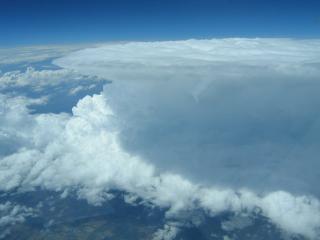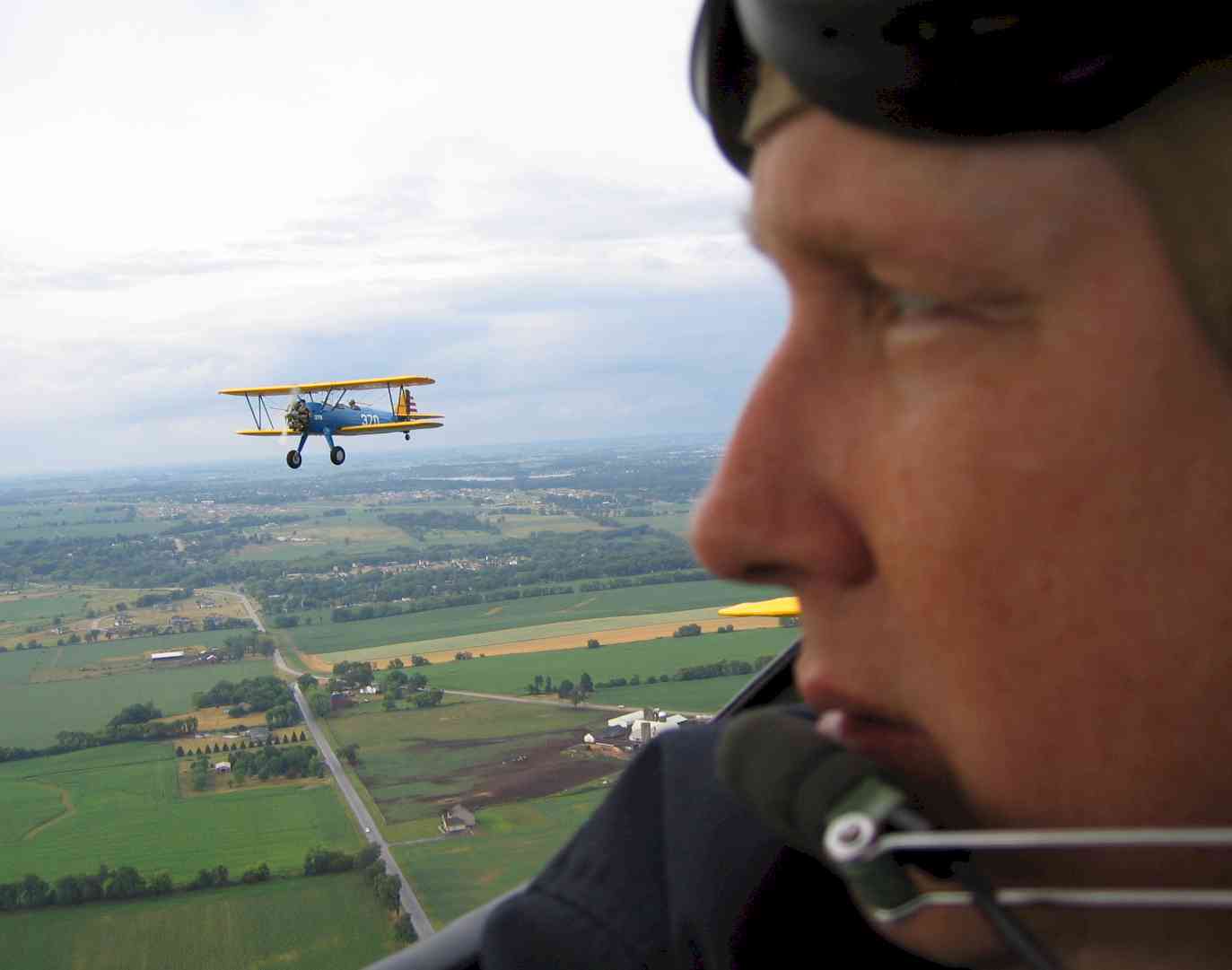My Job:
I wear gloves at work.
I wear a helmet at work.
I wear protective coveralls and boots at work.
I carry a heavy backpack, and I wear pants that squeeze my legs.
My office is a hot, small place with not much room for anything but a chair. I have a wonderful view, however, and I never get claustrophobia.
Right outside my office, it's very inhospitable. In fact, the weather is usually bitterly cold, and the wind blows like a hurricane.
While at work, I have to concentrate every second on what I'm doing, and also on what each of my coworkers is doing.
I have to talk to a lot of people at work, but I never get to see any of them.
My coworkers and I like to get very close to each other, but we must never touch. The consequences for such an error would be very severe.
I sometimes weigh over a thousand pounds at work.
Sometimes, I don't weigh anything at all.
People who visit my office and who aren't in my line of work often throw up when they watch me work.
My boss occasionally asks me to kill people, and I willingly comply. This is perfectly legal, and no jury will ever find me guilty of murder.
I'm only allowed about five hours in my office per week, but if I could, I'd spend all my time there. Most people in my line of work carefully track each minute they spend in the office.
I make deafening noises while I'm at work, but only if you're watching me from the street. It's pretty quiet when you're actually in my office.
My boss expects me to take extreme risks, but to be safe about it.
If I do my job exceptionally well, the President of the United States might want to meet me. If I mess up my job seriously enough, the President might also want to meet me.
Can you guess my job?





